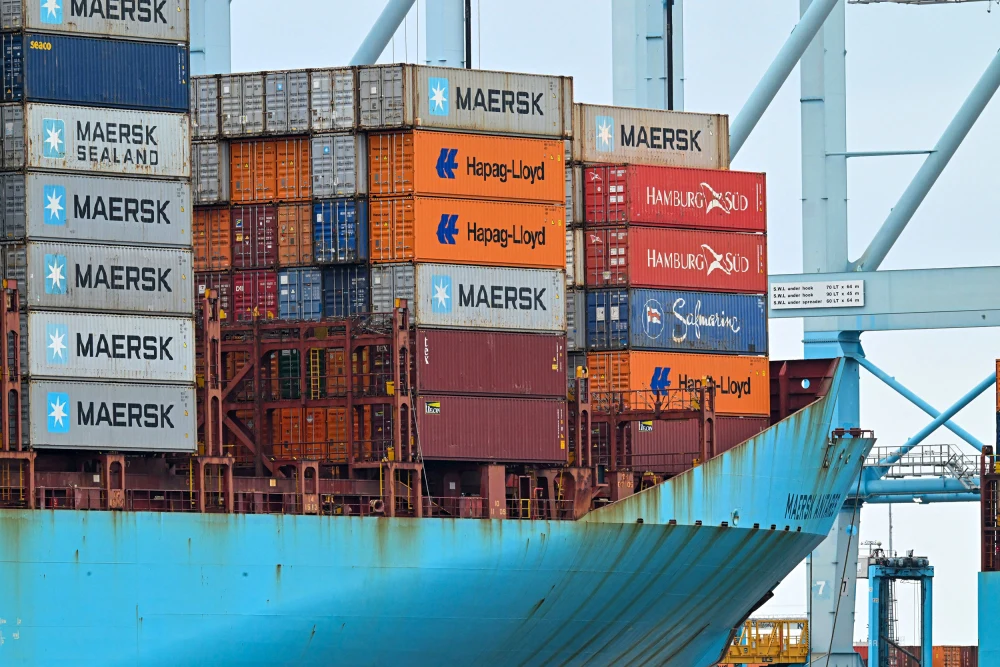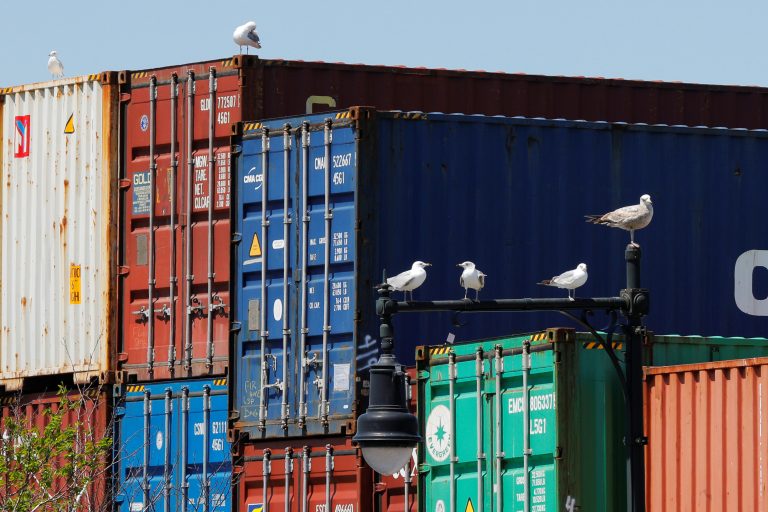U.S. Trade Deficit Jumps Amid Pre-Tariff Import Rush
The U.S. trade deficit in goods and services surged to a record $140.5 billion in March, driven by a spike in imports ahead of sweeping global tariffs set to take effect July 6. So far this year, the trade gap has widened by 92.6% as businesses and consumers accelerate purchases to avoid higher costs under President Donald Trump’s impending tariff hike.
According to the Bureau of Economic Analysis on Tuesday, imports have risen 23.3% year-to-date and jumped by $17.8 billion in March alone. In contrast, U.S. exports edged up by only $500 million.
Tariffs targeting Chinese goods—already topping 145%—are expected to climb further in just under 65 days, following a temporary pause. Consumer goods imports hit a record high in March, with pharmaceutical shipments leading the surge. Other categories seeing notable increases included apparel, furniture, jewelry, household appliances, and textiles.
The trade imbalance significantly weighed on U.S. economic growth in the first quarter. Gross domestic product contracted 0.3%, largely due to the sharpest drag from net exports in over 50 years, according to Wells Fargo economists. Broader economic indicators also showed softness: consumer spending rose just 1.8%, marking its weakest quarterly growth since mid-2023.

While analysts anticipate that the import surge will ease in the second quarter—potentially lifting GDP back into positive territory—some, including Goldman Sachs, warn that recession risks remain elevated, placing the 12-month probability at 45%.
“We continue to anticipate further tariff hikes across other sectors—such as pharmaceuticals, semiconductors, and even entertainment—and believe there’s a significant risk that previously paused reciprocal tariffs will be enacted,” Goldman Sachs chief economist Jan Hatzius wrote in a note to clients Tuesday.
Meanwhile, Statistics Canada reported that Canadian exports to the U.S. declined 6.6% for a second consecutive month. Exports to other countries—including the U.K., Netherlands, Hong Kong, and Germany—rose, with crude oil topping the list of goods shipped to several of these destinations.

